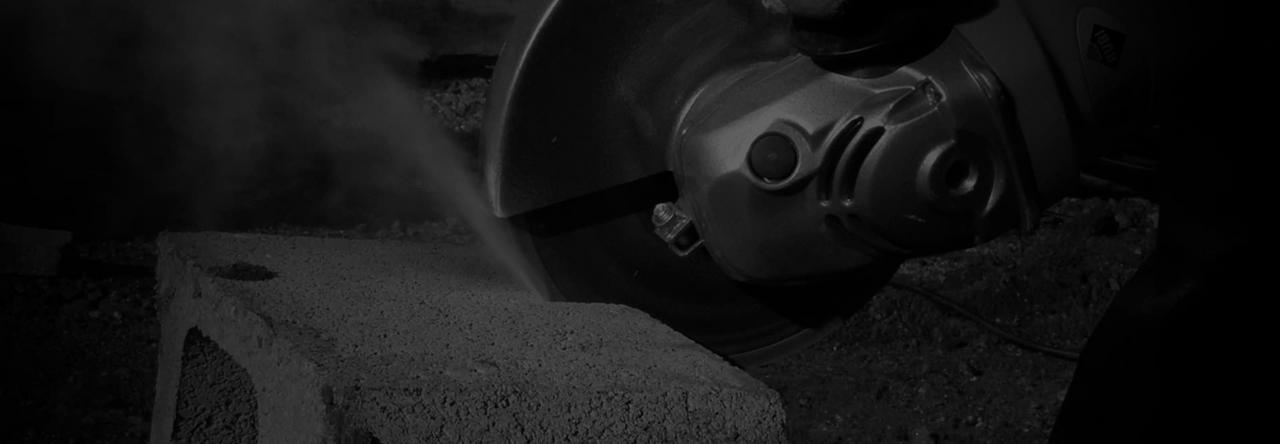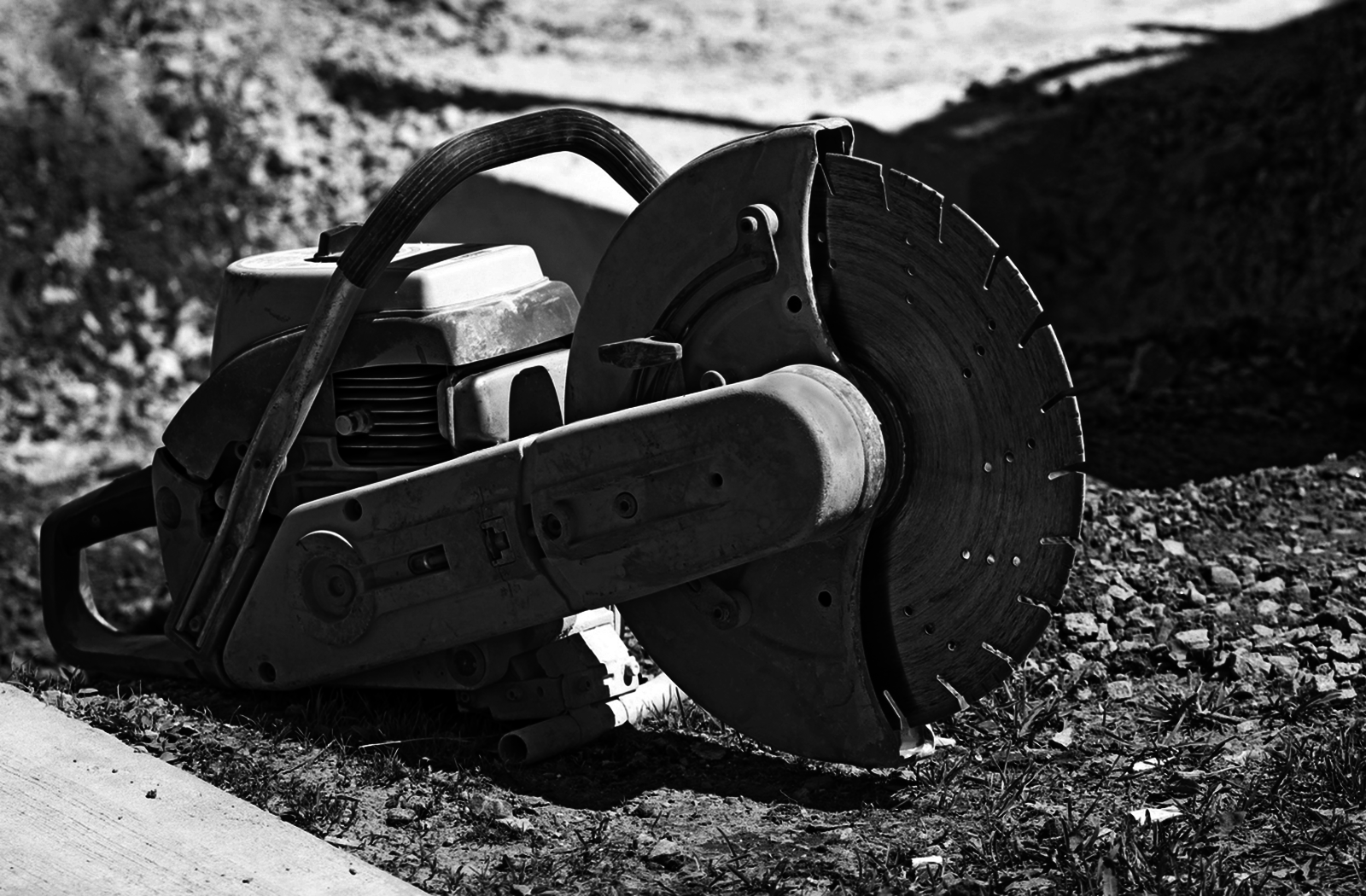What are diamond blades?
Diamond blades are a common tool used in construction, masonry, and tile cutting. The unique properties of diamond make it an ideal material for cutting hard and dense materials such as concrete, stone, and ceramics.
What is dry cutting?
Dry cutting refers to the use of diamond blades without the use of water or any other cooling agent. This method is typically used in indoor cutting applications where water is not readily available or when the material being cut is not suitable for wet cutting.
Why should you use dry cutting?
Normally, using diamond blades with adequate water (wet cutting) can extend the blades’ life and control dust. However, for some electrical power tools, it is not safe to use water because of the electrical power source.
Let’s explore the dry cutting of diamond blade
Step 1: Select the Right Blade
Diamond blades are available in various sizes, shapes, and grades, with each blade designed to cut specific materials.
- For welded diamond blades, silver brazed diamond blades cannot be used in dry cutting, while dry-use laser welded diamond blades
- For sintered diamond blades, continuous rim diamond blades are usually only for wet cutting. Most of other sintered diamond blades can be used dry.
Dry diamond blades usually can be used wet. But if a wet diamond blade is used with inadequate water or even dry, the diamond blade may be overheated and damaged, and even worse, the segment on the blade may break and fly out, and may hurt the operator or the people nearby. So make sure to choose a diamond blade that is designed for dry cutting.
BSP Tools – A professional diamond tools manufacturer, we offer a variety of innovative diamond blade, so you can find an option that meets your expectations.
Step 2: Inspect the Blade
Before using a diamond blade, inspect it carefully to ensure it is in good condition. Look for cracks, chips, or other signs of damage that could compromise the blade’s strength and performance. If you find any defects, replace the blade immediately.
Step 3: Mount the Blade
Once you have selected the right blade, mount it securely to the cutting tool. Follow the manufacturer’s instructions for mounting the blade, as different tools may have different mounting requirements. Make sure the blade is tight and secure to prevent any accidents or damage to the blade during use.
Step 4: Set the Cutting Speed
Set the cutting speed of the cutting tool to a slow to medium speed, as high speeds can generate too much heat and cause the blade to dull or break. Start with a slow speed and gradually increase as needed, but always keep the speed within the recommended range for the blade you are using.
Step 5: Begin Cutting
Begin cutting slowly and steadily, applying even pressure throughout the cut. Do not force the blade through the material, as this can cause the blade to break or wear out quickly. Keep the blade perpendicular to the surface you are cutting and use a guide to help maintain a straight cut.
Step 6: Finish the Cut
Once you have finished cutting, turn off the cutting tool and remove the blade. Store the blade in a safe place and inspect it again for any signs of damage.
Conclusion
Using a diamond blade for dry cutting can be an efficient and cost-effective way to cut hard and dense materials. Hope following the steps outlined above could help you operate diamond blade in dry cutting smoothly.
If you are unsure of the proper use of a diamond blade, please be not hesitate to (click here) seek professional help.


